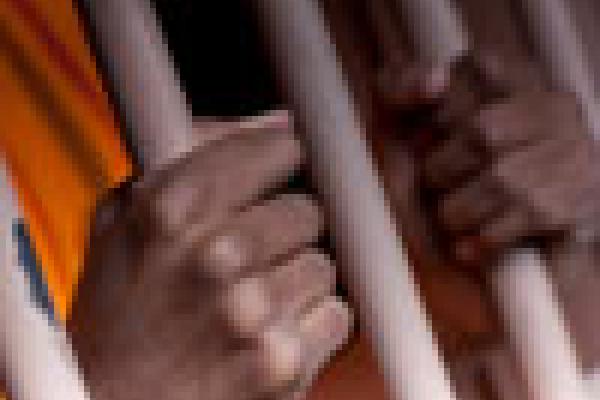Blog post

Maths in a minute: Take it to the limit
Sequences of numbers can have limits. For example, the sequence 1, 1/2, 1/3, 1/4, ... has the limit 0 and the sequence 0, 1/2, 2/3, 3/4, 4/5, ... has the limit 1. But not all number sequences behave so nicely. Can we still discern some sort of limiting behaviour?

